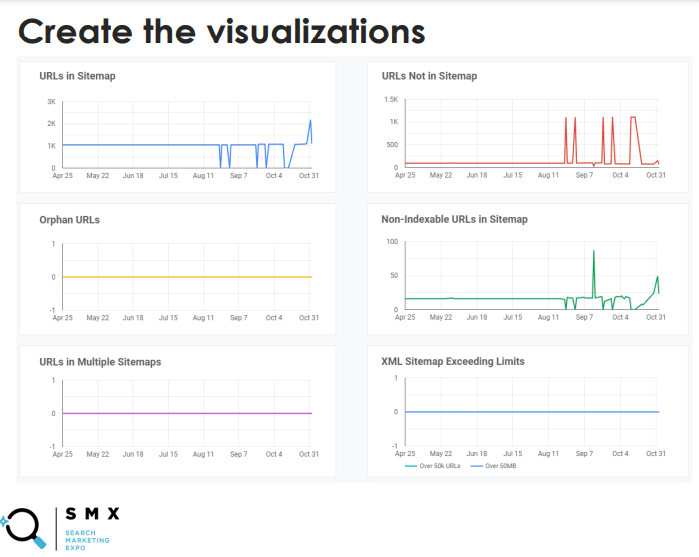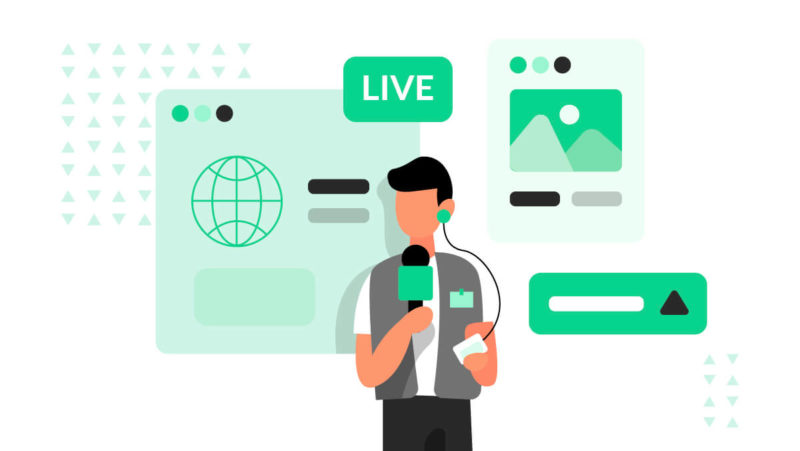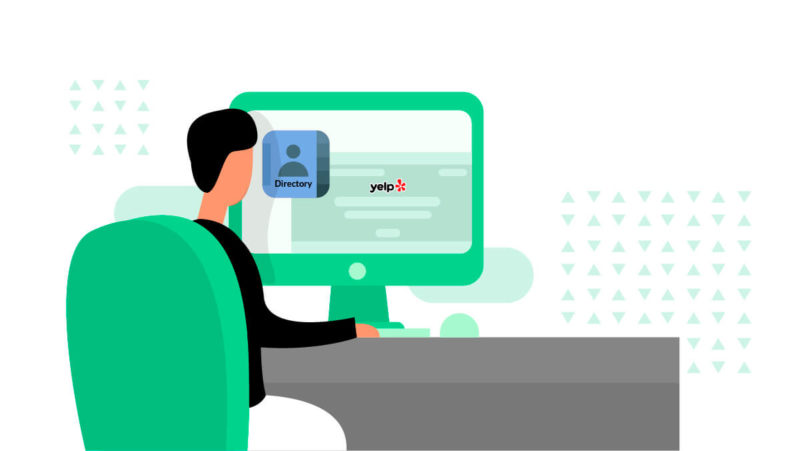Building links isn’t easy and navigating the link-building landscape nowadays is complicated. Many agencies and platforms out there claim to do incredible work, but it’s hard to know who to trust.
Some services use white hat link-building tactics that search engines love, and others build low-quality links using unnatural tactics.
What is link building, and why is it important?
Link building is the process of actively seeking out backlinks from another website back to yours.
Having high-quality links to your site is one of Google’s most important ranking factors. It’s a key trust signal for search engines and an indication that people like your content and your brand.
A number of ethical, white-hat link-building strategies can be used to accomplish this, including broken link building, guest posting, and outreach campaigns to show people your incredible content.
What is a link-building service?
A link-building service is a company or platform that will help you to accelerate the number of backlinks to your website.
While that sounds great, the problem is that genuine quality link-building services are hard to come by, with many providers simply ending up acquiring low-quality links through spammy strategies which Google doesn’t like.
That’s why we’ve put together a list of the best link-building services to consider helping you achieve improved SEO results in an ethical, white-hat manner.
The 7 best link-building services to help improve search rankings
1) Reputable link-building company
 Recommended provider: LinkBuilder.io
Recommended provider: LinkBuilder.io
Using a specialist link-building agency is the best overall option since they’ll use a number of different link-building strategies at their disposal to build high-quality backlinks to your website.
This option is best for those who want to outsource all of their link-building efforts entirely and depend on experts who will develop a custom link-building strategy for your website.
The quality of services out there varies greatly, and you’ll need to do your due diligence to make sure that any provider is the right fit for you.
Key considerations for hiring a link-building company:
Analysis – They should be doing detailed competitor analysis to figure out exactly how many links and what types of links other successful sites are building. This is something we place a huge emphasis on at LinkBuilder.io.
Bespoke link-building strategy – Make sure they’re proposing link-building tactics to build topically relevant links for your industry. Additionally, they should have a roadmap for how they’re going to structure a link-building campaign.
Pricing – Most agencies will offer a variety of link-building packages with different pricing tiers. If the price seems too good to be true versus other services, that could be a red flag that the quality of links isn’t good.
Samples – Always ask for link samples and link-building case studies. This is by far the best way to evaluate their quality of work to make sure they’re getting links from high-quality websites.
Size of the team – Often, large link-building companies see their quality decreases as the size of the team increases—the shift in mindset changes from focusing on high quality to focusing on scaling their own business.
Recommended provider: Pitchbox or GroupHigh
Link-building outreach platforms will help you to find relevant bloggers & websites that you can email and connect with to try and earn a backlink. They are an essential game-changer for anyone serious about link building.
This service option is much more suitable for an in-house marketing professional who manages link building in-house. You’ll essentially have your own link-building CRM, which can save time on prospecting, emailing and chasing leads for link building.
3) HARO
Website: Helpareporter.com
“Help a Reporter” is a platform that connects journalists seeking expertise to sources who have expert knowledge in a given subject matter.
Active journalists use the platform to crowdsource insights from experts in any given field, and there are hundreds of requests every day from writers at huge sites like Shopify, Yahoo and American Express.
If you can answer their request and feature your opinion within their article, they’ll give you a source link back to your website.
It’s an incredible (and free) link-building service that can help you land some extremely high authority backlinks.
4) Citation building service
Recommended provider: SEOBuilder.com or BrightLocal
The fact is the vast majority of local businesses only have links from directories. Pull up the backlink profile of any local dentist or optician in your area, and you’ll notice that even websites ranking at the top of Google have a ton of directory links.
This tells us that citation links (also known as directory links) are an extremely natural type of link for local businesses. Given that most sites are ranking well with only this link type, it’s obvious that they are very effective.
If you’re a local business owner or agency owner whose clients are local businesses, I’d strongly recommend finding a good citation building service. Building out niche-relevant directory links is a real pain, and they’re going to make your life so much easier.
5) Facebook & Slack groups
Recommended Group: B2B Bloggers Boost Group
Social media & Slack provides an incredible opportunity for link building for those willing to spend the time.
There are a huge number of people out there creating amazing content for so many different brands and companies. What these groups do is leverage that into a link-building opportunity.
Here’s an example of how it works:
- A group is established with vetted content writers. These may be people who work for an individual brand or freelancers who work with a number of companies.
- A writer announces that she’s writing a blog post for an extremely well-known SaaS company all about marketing
- She asks the group if they have any sources which might make a good fit for her article.
- If she deems the sources to be worthy and genuinely beneficial for her readers, she’ll add the link
- The person who she linked to now owes her a link in return
So basically, the currency in this system is links. However, because these are all vetted & talented writers, they’re only going to link to great content.
What you end up with is a self-moderated system where people share links to other great stories – It’s a win-win for everyone involved.
This caveat is that this particular type of link building works best in the B2B / SaaS space. If you were looking to build links to your website about pets, you’d be better off finding a group that various pet bloggers reside in.
6) Podcast booking service
Recommended provider: Podcast Bookers
There’s an ever-increasing number of podcasts in every industry imaginable, and the podcast hosts are always looking for great guests to interview.
This is an incredibly great way of combining brand & company awareness in addition to backlinks, since the host will always link back to your site.
If you were lucky enough to land a podcast with the likes of Tim Ferris (highly unlikely), then it could literally explode your business into the stratosphere.
The only downside is that it can be very time-consuming and mentally draining to do lots of podcast interviews unless you enjoy that kind of thing.
7) Digital PR
Recommended provider: Fractl
Digital PR involves taking high-quality content and sharing it with relevant journalists who might want to cover the story.
If you can find a digital PR company that’s able to create content that gets picked up by real journalists consistently, then you’re going to be rewarded with links from some super high authority news websites, which is the Holy grail of link building.
There has always been an interesting crossover between PR (public relations) and link building since both activities often seek the same end goal. The value of backlinks is something that is becoming increasingly prominent within the PR industry.
Link-building services to avoid
This wouldn’t be a comprehensive guide if we didn’t also discuss the link-building services you should outright avoid.
- Private Blog Networks (PBNs) – This is a black hat link-building technique that involves building a network of websites specifically created to link out to other websites. It’s a blatant attempt to manipulate search engine rankings. Most PBN providers will rent you links on sites that just are not going to stand the test of time.
- Web 2.0s – This is a very outdated link-building strategy that involves creating your own blog on blogging platform sites like Medium, Typepad and Weebly, with the idea that you can ‘piggyback’ off that domain authority. These are simply very ineffective, and most service providers will end up spamming a huge volume of links. Not good!
- Link Farms – These are large groups of domains often bought up by the same owner designed to fool novice link builders. On the surface, they appear to have good metrics like a high DA score and good organic traffic. However, once you look beneath the hood, we realize the website is ranking for spammy keywords and is only set up to sell links.
Be careful investing in link building
We all want the best possible search engine rankings, and most SEOs understand the value of inbound links. That’s why it’s so important to be vigilant and careful when it comes to investing in link building, take the time to do your own research, and make sure you pick a service that will give you a positive ROI in the long run.
The post 7 best link-building services for SEO performance appeared first on Search Engine Land.














 Recommended provider:
Recommended provider: 









 John
John 